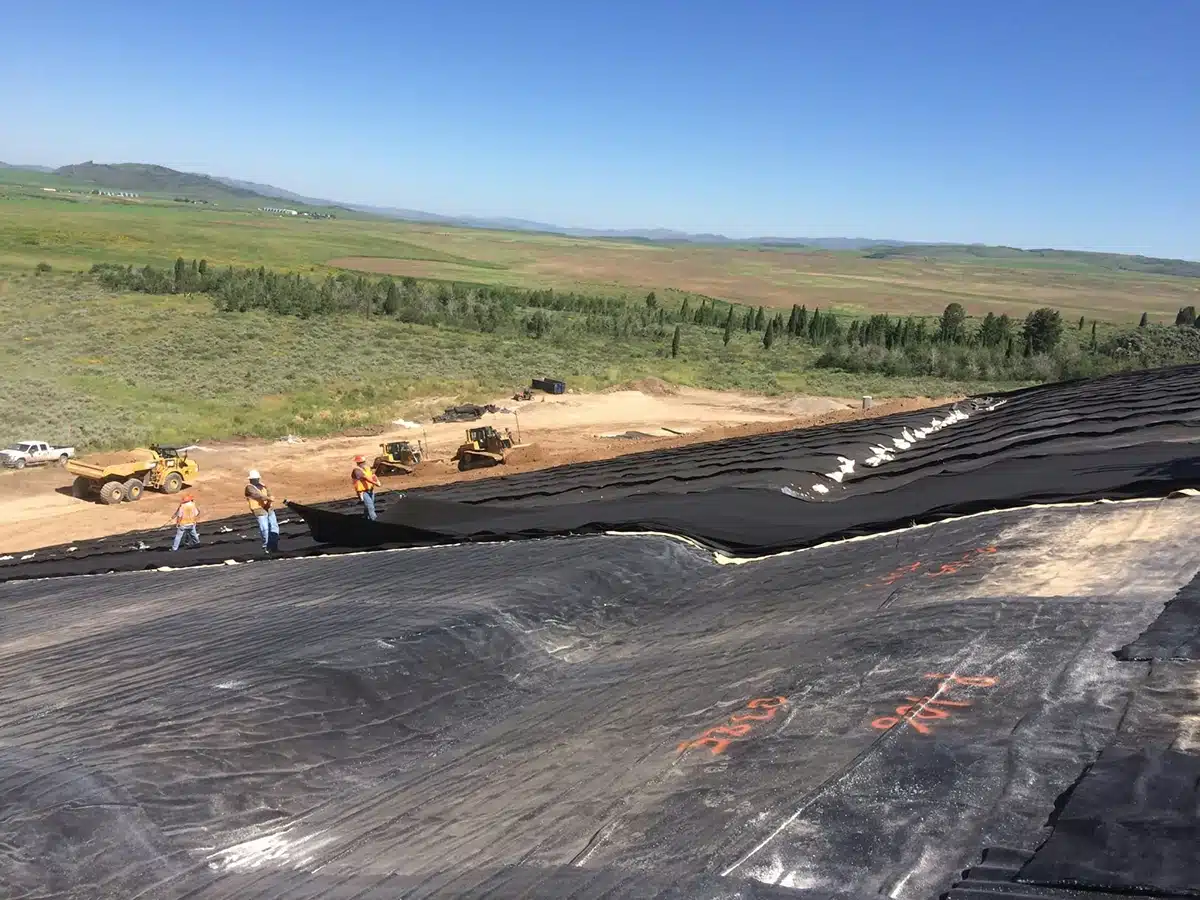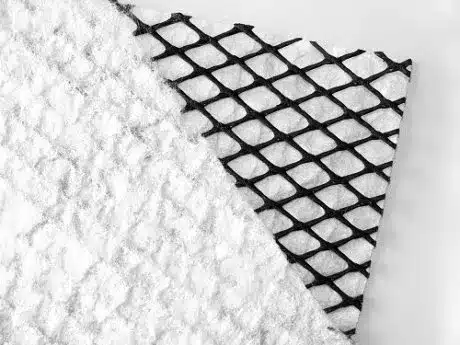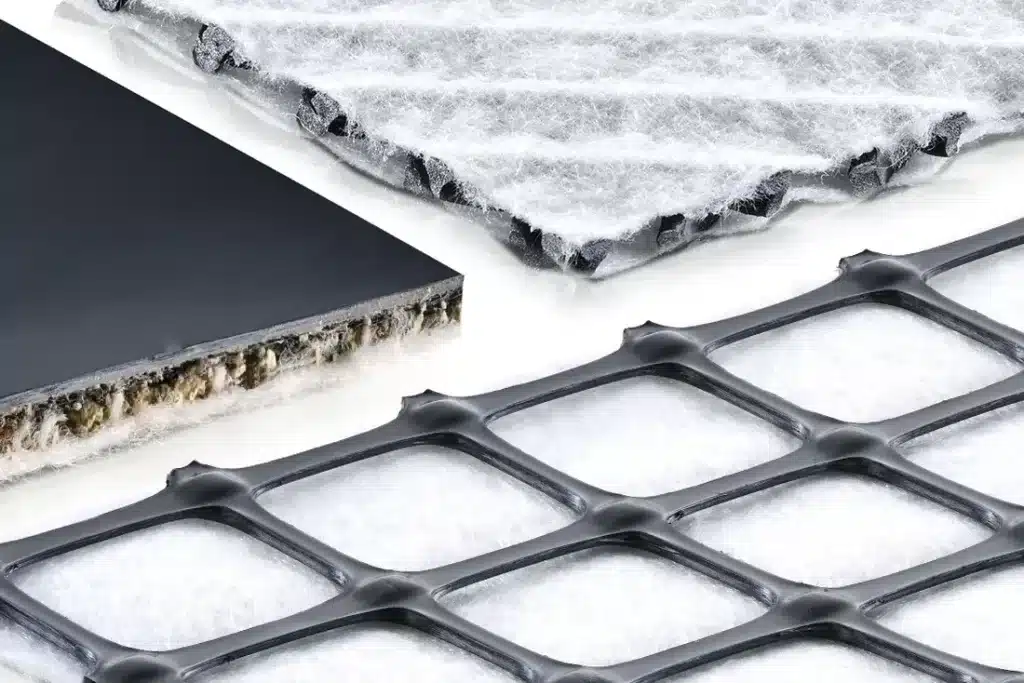+86-159 9860 6917
info@geofantex.com
geofantex@gmail.com
+86-400-8266163-44899
In the ever-evolving field of civil engineering and construction, the quest for more efficient, durable, and cost-effective materials has led to significant advancements. Among these, geocomposites have emerged as a groundbreaking solution, marrying the benefits of different materials to serve multifaceted purposes. A key aspect of their application—critical to leveraging their full potential—is the method of installation. Specifically, the geocomposite roll should be installed in the direction of the slope and in the intended direction of flow unless otherwise specified by the ENGINEER. This ensures that the geocomposite functions as designed, facilitating effective drainage and stability in the engineered system. This article delves into the world of geocomposites, shedding light on their distinct advantages over traditional materials, and exploring their various types and uses. Whether you’re a seasoned professional or a curious novice, this guide will enhance your understanding of geocomposites and their pivotal role in modern engineering projects, with a special emphasis on the nuances of their installation to maximize their benefits.

What is the difference between geotextile and geocomposite?
Geotextiles and geocomposites are both integral members of the geosynthetics family, each serving distinct functions and boasting unique characteristics that set them apart. Geotextiles, for instance, are permeable fabrics which, when used in conjunction with soil, excel in tasks such as separation, filtration, reinforcement, protection, and drainage. They are typically crafted from materials like polyester or polypropylene, offering a versatile range of applications. Geocomposites, on the other hand, elevate the utility of geosynthetics through a strategic combination of one or more types, including geogrids, geotextiles, geomembranes, and/or geonets, with another material. This strategic amalgamation not only leverages the individual strengths of each component material but also introduces enhanced functionalities. As a result, geocomposites provide superior drainage capacity, barrier performance, and soil reinforcement, among other benefits, that are difficult to achieve with a single material. This multifaceted approach enables geocomposites to meet the complex demands of modern engineering challenges more effectively.
What is a geocomposite liner?
A geocomposite liner represents a sophisticated engineering solution crafted to tackle the challenges of containment, leakage prevention, and environmental protection across a variety of applications such as landfills, wastewater treatment plants, and mining operations. It is ingeniously constructed from combinations of two or more different types of geosynthetic materials, including a critical geomembrane layer that serves as an impermeable barrier. This is complemented by other geosynthetic components like geotextiles, which are employed for filtration and protection, and geonets, used for efficient drainage. Such a multilayered design not only prevents contaminants from breaching the surrounding environment but also adeptly manages the flow of liquids and gases within the containment system. By doing so, it upholds the structural integrity and environmental safety of the project at hand, demonstrating the integral role of these composite materials in modern engineering solutions.

What is the purpose of geocomposite?
The purpose of geocomposites is manifold, perfectly aligning with the multifunctionality that their innovative design intends. These materials are ingeniously utilized to address complex engineering challenges by offering comprehensive solutions for drainage, filtration, separation, barrier protection, and reinforcement. Specifically, in drainage applications, geocomposites excel by facilitating water flow, crucial for drainage from a basal layer in the case of embankments and for drainage behind retaining walls and/or bridge abutments. This capability significantly reduces hydrostatic pressure and enhances the structural stability of critical infrastructure components. Additionally, as barriers, geocomposites play a vital role in preventing the migration of contaminants or fluids, thereby serving as a linchpin in environmental protection efforts. The unmatched versatility of geocomposites underpins their value across a broad spectrum of projects, encompassing infrastructure development, transportation initiatives, and both environmental and hydraulic engineering undertakings, making them indispensable in modern construction and engineering projects.
What is the most common type of geosynthetic that can serve as drainage material, filter material, and protection?
The most common type of geosynthetic that fulfills the triple roles of serving as a drainage material, filter material, and protective layer is the geocomposite. Specifically designed geocomposite drains, which are often constructed by integrating a geonet core between two layers of nonwoven geotextiles, stand out in this capacity. These geotextiles, known for being permeable fabrics, allow water to pass through while filtering out particulates, thus preventing the clogging of the geonet core and stopping the migration of soil particles. The geonet core itself acts as a conduit for water flow, efficiently removing excess water from the structure or soil. Furthermore, the permeable fabrics of the geotextiles provide crucial protection to geomembranes or other sensitive layers, guarding them against punctures or damage from external forces, showcasing the comprehensive functionality of geocomposites in modern engineering applications.
Geocomposites represent a significant leap forward in the material sciences related to civil engineering and construction. By combining the strengths of various geosynthetics, they offer tailored solutions that significantly enhance the durability, efficiency, and environmental compatibility of engineering projects. Understanding how to properly lay geocomposites, as well as their functions and types, is essential for professionals looking to incorporate these advanced materials into their projects. As the demand for more sophisticated engineering solutions grows, so too will the reliance on geocomposites to meet these challenges head-on, promising a future where both human-made structures and the natural environment can coexist in greater harmony.



Get Free Sample
We’ll respond as soon as possible(within 12 hours)






















